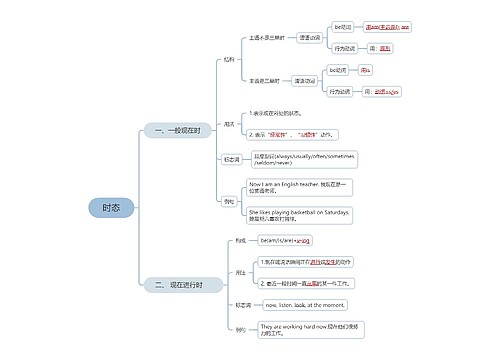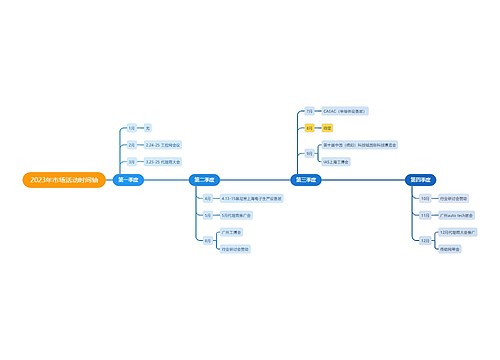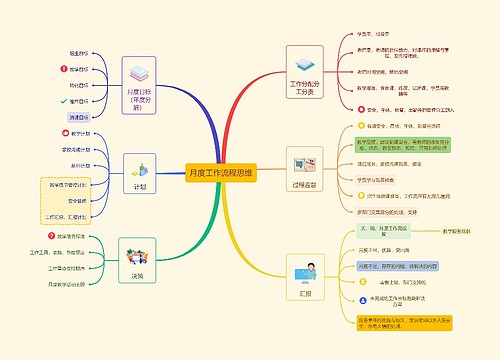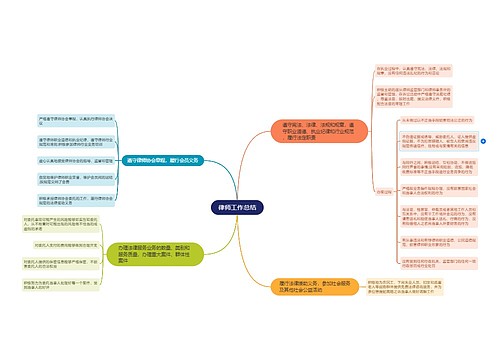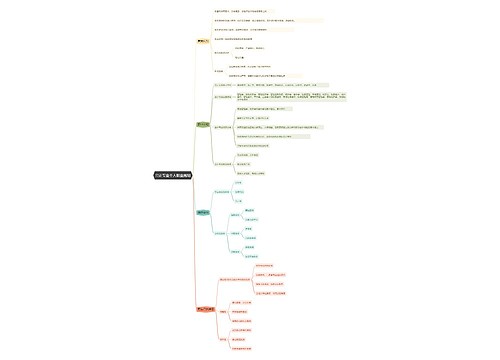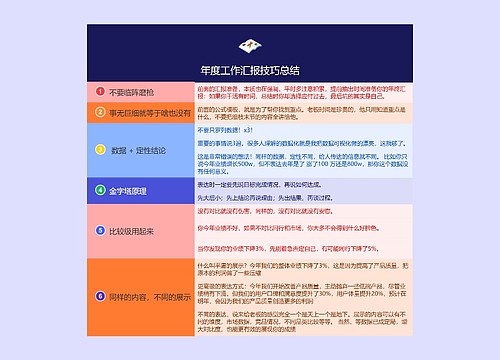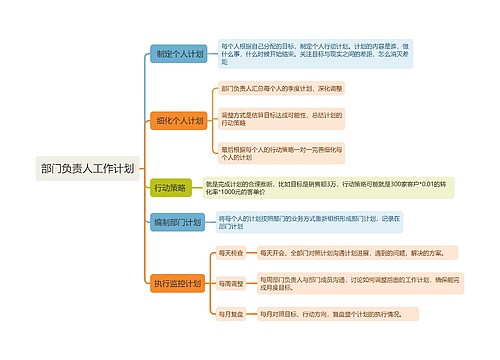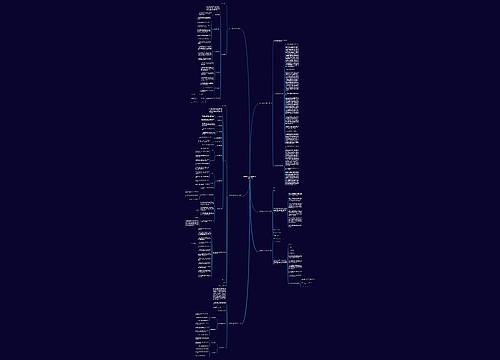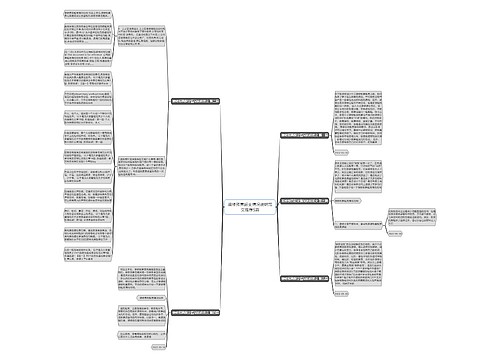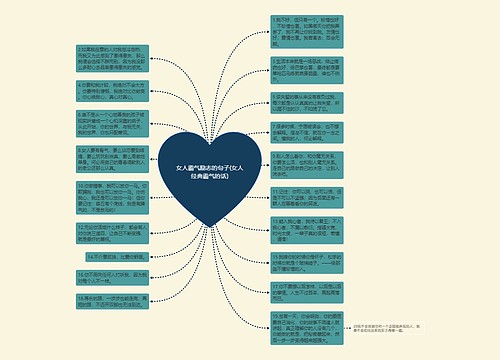The Yellow Crane Tower is located on the Snake Mountain in Wuchang, which is one of the _three famous pagodas in the south of the Yangtze River_ (the other two are Yueyang Tower in Hunan Province and Tengwang tower in Jiangxi Province). It is said that there was a tavern opened by a young man named Xin in Wuchang. One day, a Taoist priest drew the wall of a miraculous crane shop and instructed it to dance.
Whenever it heard applause, thousands of people came to see the scene and the hotel general manager After many years of visiting the tavern, the Taoist priest visited the tavern again. He played the flute and rode on a crane to commemorate the supernatural encounter and priest. The Hsin family built the Yellow Crane Tower, which is said to be the Yellow Crane Tower.
It was built in the Three Kingdoms period. After the completion, it was a place for celebrities and poets to gather and write poems. It is estimated that Cui Hao, a famous poet of the Tang Dynasty, would spread his poem _Yellow Crane Tower_ throughout the country during the Tongzhi period of the Qing Dynasty The Yellow Crane Tower has been destroyed in the past dynasties.
It was rebuilt many times until many years ago that it was finally reduced to ashes. Now the tower is a complete reconstruction, which is the result of four years' work. There, the old tower is only meters wide, and the bottom layer of the new structure is increased to meter width and height.
The yellow tiles and red columns, overlapping ridges and interlocking houses are composed of yellow tiles and red columns Eaves, compared with the old yellow crane tower, is regarded as the symbol of Wuhan city.
中文翻译:
黄鹤楼位于武昌蛇山上,是"江南三大名塔"之一(另两座:湖南岳阳楼和江西滕王楼传说武昌曾有一个叫辛的年轻人开的酒馆,一天,一位道士为了感谢免费的酒,画了一只神奇的仙鹤商店的墙,并指示它跳舞每当它听到掌声成千上万的人来看这一场面和酒店总是客满多年后,道士重访酒馆,他吹长笛,然后骑上起重机上天,以纪念超自然的邂逅和神父,辛家建立黄鹤楼,相传为黄鹤楼,始建于公元三国时期,建成后是名士、诗人聚会、作诗的场所,估计到清代同治年间,唐朝著名诗人崔浩以其诗作《黄鹤楼》传遍全国,历代历代都有黄鹤楼被毁,历代历代都对黄鹤楼进行了多次重建,直到多年前,它才最后一次化为灰烬现在的塔是一个完整的重建,是xx年工作的结果,在那里旧塔只有米宽,新结构的底层增加到米宽,米高,由的瓷砖和红色的柱子,重叠的山脊和联锁的屋檐,比旧黄鹤楼被视为武汉城市的象征。

 U249128194
U249128194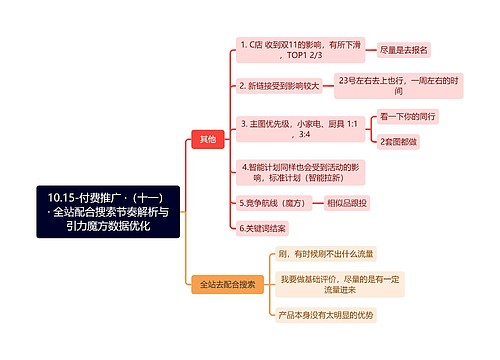
 U777967618
U777967618